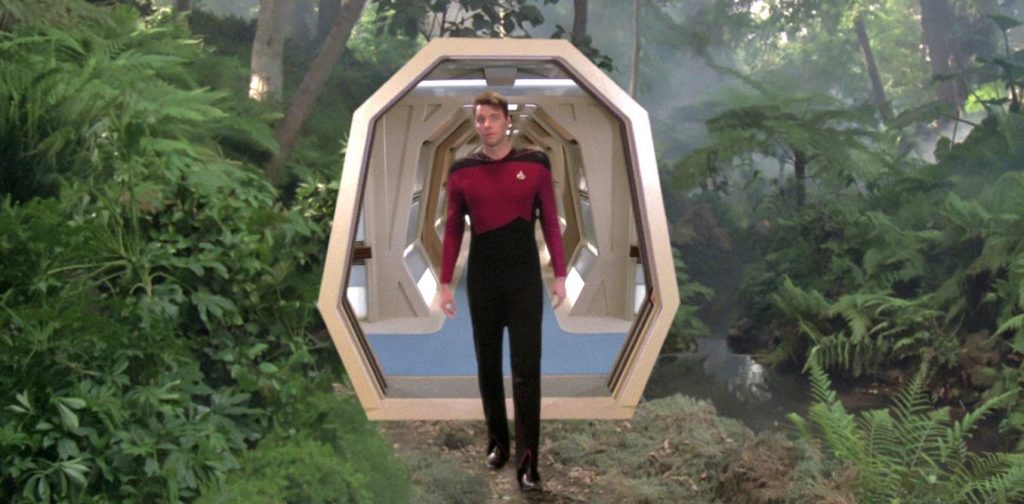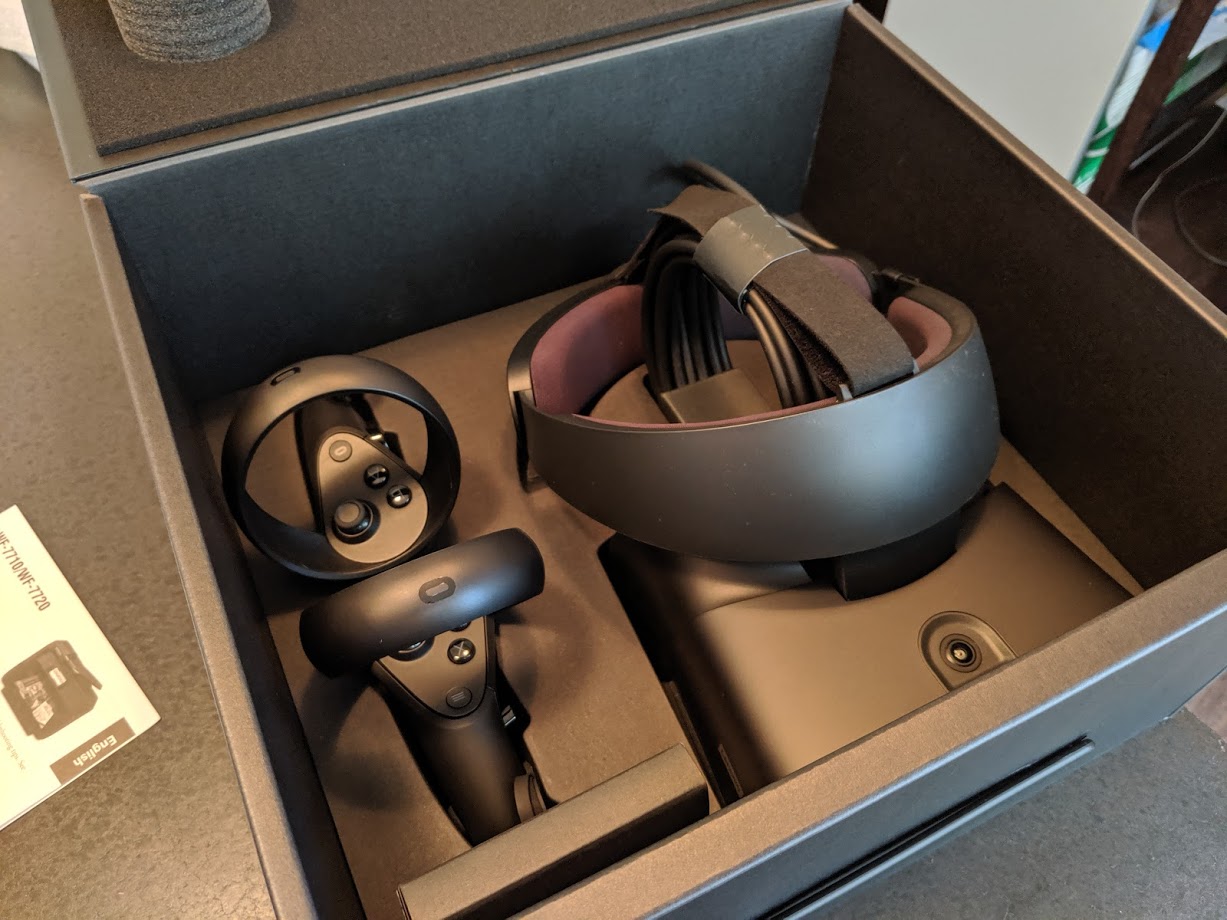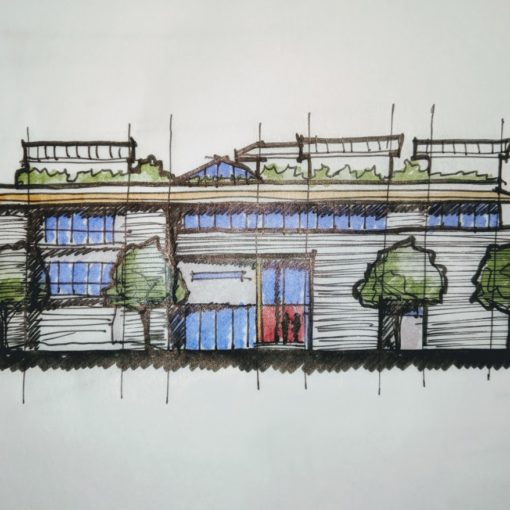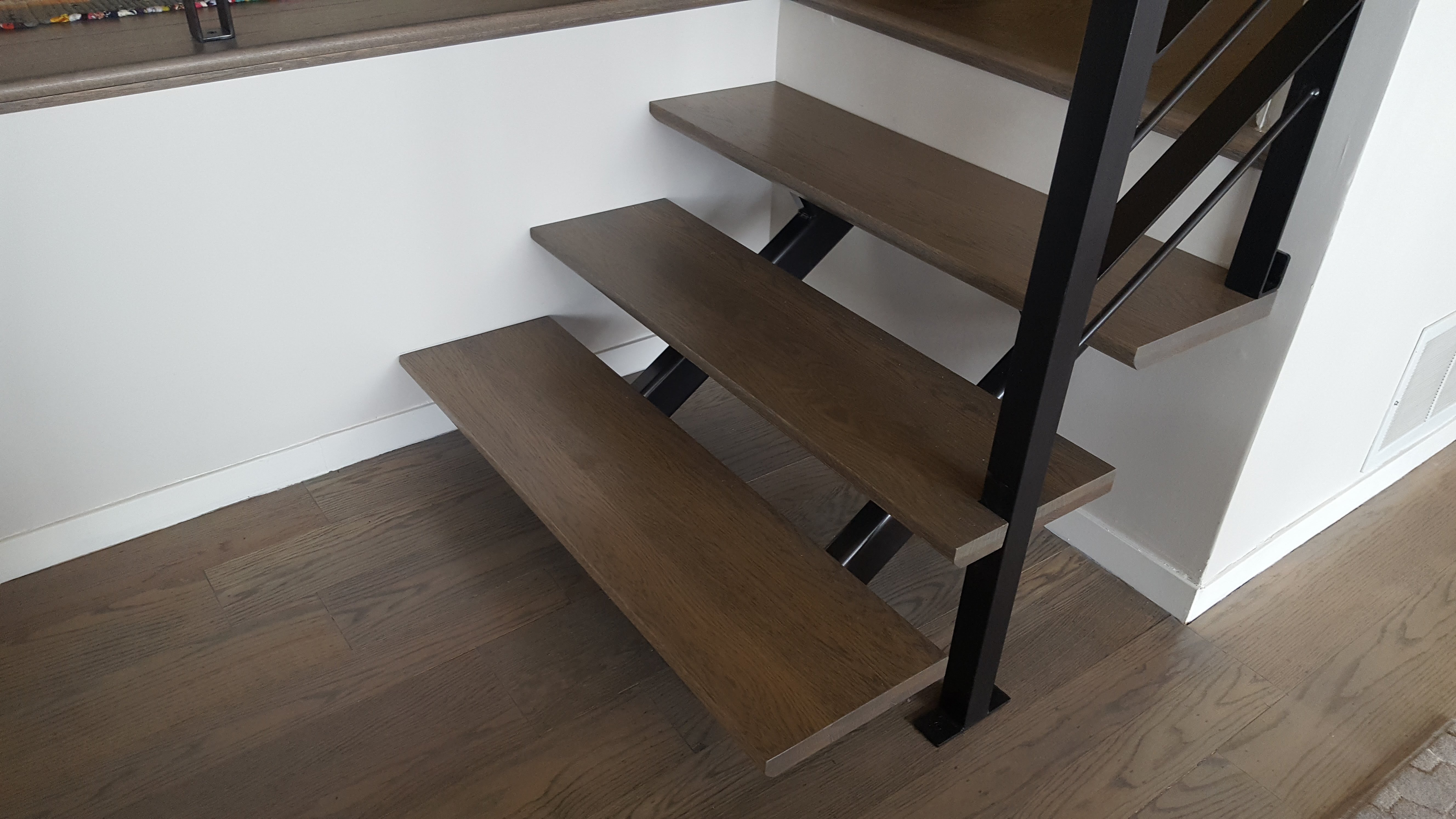There is a lot of chatter in architectural circles about VR – virtual reality. It is a technology that allows us to see the building much as we would in reality before we build it. It takes advantage of our ability to “build” a model of the building in the computer, which is the basis of most modern BIM programs (BIM stands for Building Information Modeling).
If you watch TV, you will see ads on ESPN for VR viewing of sporting events. And there are, of course, VR versions of video games.
The beauty of VR is that when you put on the goggles, not only do you see the images in 3D, but in 360 degrees. So if I look up in VR, I see whatever would be above me; if I turn around, I will see whatever would be behind me. So not only do you have the experience of depth, but of space. Imagine something almost like the holodeck on Star Trek.
VR has only recently become economical enough and sufficiently user friendly for it to move into the commercial market (video games, entertainment, architecture). There have been some large architecture firms that have been experimenting with VR for the last 5 to 10 years. But the systems have only recently become affordable and easy to use for smaller firms.
This year, I have jumped into the VR world with both feet. My studio has invested in the hardware and software required to implement VR. I am experimenting with VR on a new project in the studio. It is important to stay on top of technology, especially as a solo proprietor. It is what an architect should do.

It is clear to me that VR has two significant benefits in the architecture studio. First, it is a tool that will allow me to review and evaluate the design in a much more accurate way. No longer will I have to rely on my “gut” to tell me the ceiling is too low, or the window should be bigger. I will be able to put on the goggles, and step into the building and evaluate it in a way that much more mirrors the way we experience buildings in real life. Theoretically, this means that my clients will be happier with the built result.
The other benefit is that I can use VR to present a design to my clients. When they put on the goggles, they can virtually “step into” their new building and move around. This is a new way to experience an un-built project. Before we could only look at drawings, or peer into small paper models. Now you will be able to walk in and move around in your new house long before it has even been built.
I have clients who have difficulty understanding drawings, as much as they try they can’t put themselves into the design and imagine what it will be like. I get that. It isn’t easy to do. Now with VR, they won’t have to imagine what it’s like. They will be able to experience their new building in a way that is as much like reality as we can get. This will allow even greater collaboration with my clients in the future.





